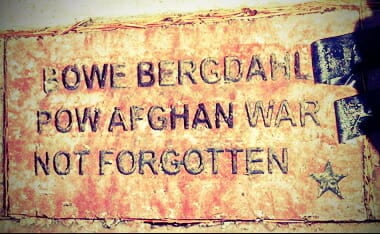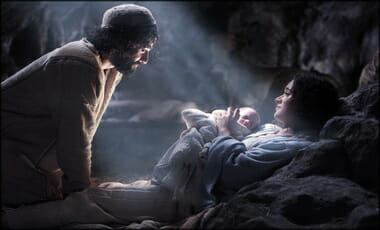To voice your frustration with this decision, please go directly to the source and contact
Dr. Marc Winger, Superintendent of the Newhall School District:
661-291-4000
(http://www.newhallschooldistrict.net/)

The Blaze:
…Grayson, a fifth-grader at the campus near Santa Clarita, Ca., noticed the gentleman’s outward characteristics: Tall and lean. Good looking. Charismatic. Charming. Energetic.
Then he made a fatal error: Grayson, 11, pulled a little “made you look” joke on a schoolmate seated next to him, saying something along the lines of “Obama’s visiting our school today,” referring to the magnetic figure holding court nearby.
It wasn’t Obama, of course. But from Grayson’s point of view, Chris Schauble—morning co-anchor of KTLA 5′s TV news program in Los Angeles—did possess a demeanor and countenance similar to the president’s.
According to Grayson’s dad, Darren Thomas (who provided the previous details), what happened next was scary: Word of his son’s Obama-Schauble comparison spread to Schauble’s daughter, Shelbi, who was sharing lunch with her newsman father. And Shelbi was uncomfortable with Grayson’s statement, saying it felt racist.
Then a teacher was summoned, then the principal, Candace Fleece, then the Newhall School District superintendent, Marc Winger. And that very afternoon, Nov. 4, Grayson was kicked out of Stevenson Ranch for good, his father says, for implying that all black men look alike…
…Read More…

Via Christopher Hopper:
…Thomas was attending the school on a waiver due to a recent move, and the superintendent decided the appropriate action was to recall the waiver and send Thomas to another school.
“It was racist because Grayson was saying that all black men look alike,” said Dr. Winger. When questioned by the parents if indeed Thomas had said that all blacks look alike Dr. Winger’s response was, “No, he only said that the man in question looks like Obama.”
Thomas has since been bullied via texts by friends of Schauble’s daughter who have taken the “racist” label placed on the boy by the school administration, calling him a “f***ing racist liar” and a “stalker.” Word of this has also spread to Thomas’ older sister’s school where she is being taunted about her brother.
When questioned about the matter, Thoma’s father, Darren Thomas, claims they are anything but racists. “To call my son, and our family, racist is the farthest thing from the truth. Nearly all of his friends are of different races, both at school and in our neighborhood. We’ve even had a black friend live with us in our house for several months last year. I don’t understand how comparing two people who look similar is a racist remark worthy of this level of discipline. I just don’t get it.”…
…Read More…

Here is an UPDATE about a family friend:
In Grayson’s group of friends, every single one of them is of a different ethnicity—Korean, Vietnamese, black, white, Hispanic. Our home has always been open to a wide range of people.”
That includes Julian Eubanks, a childhood friend of Grayson’s mother who bunked with the Thomas family for the first six months of 2011 while he looked for acting work.
“As a man of color and a close friend to this family, I am [offended] that such a grotesque accusation could be made against any of them, especially my ‘G-Man’,” Eubanks recently commented on a blog. “The so called adults in control of this situation have handled it horribly…they need to intervene and clear this young man’s name.”



















